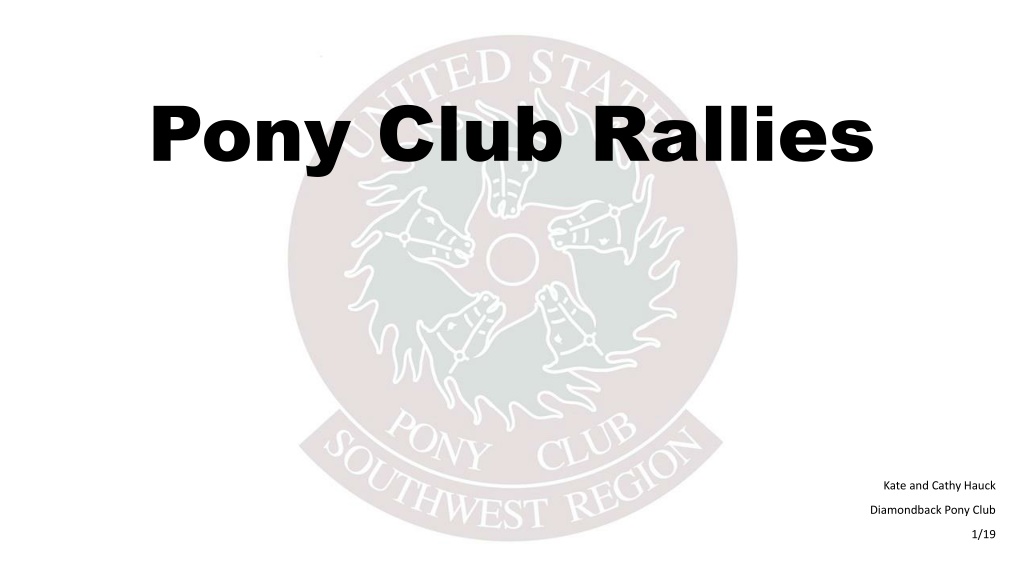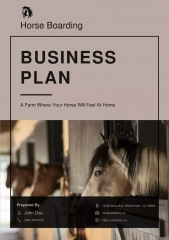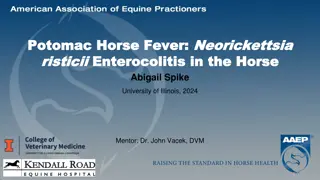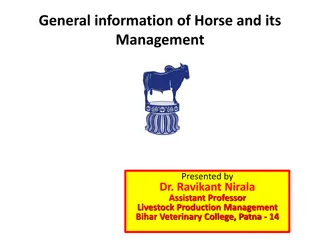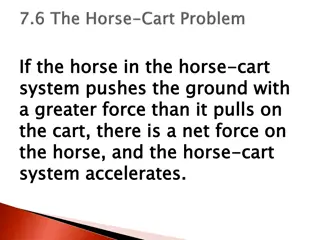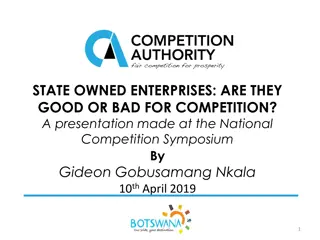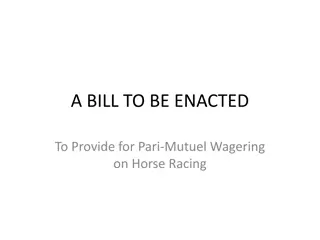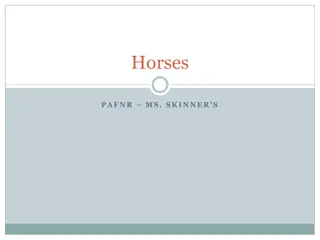Introduction to Pony Club Rallies: Team Competition in Horse Riding
Pony Club Rallies are team competitions in various disciplines like Show Jumping and Dressage, focusing on promoting horsemanship, responsibility, and teamsmanship among young riders. Participants compete as sole caregivers for their horses, building skills and forming bonds with fellow Pony Club members. Stable managers play a vital role in organizing and supporting teams during rallies. By participating in rallies, riders can qualify for championships, Upper Level Tests, and meet other Pony Clubbers in their region.
Download Presentation

Please find below an Image/Link to download the presentation.
The content on the website is provided AS IS for your information and personal use only. It may not be sold, licensed, or shared on other websites without obtaining consent from the author. Download presentation by click this link. If you encounter any issues during the download, it is possible that the publisher has removed the file from their server.
E N D
Presentation Transcript
Pony Club Rallies Kate and Cathy Hauck Diamondback Pony Club 1/19
What is a Rally? A rally is a team competition in a particular discipline (Show Jumping, Dressage, Quiz, etc) . Rallies are Regional events. Scores are based not only on riding but Horse Management points are awarded as well. A Standard (Qualifying) Rally must have a Chief Horse Management Judge.
What is the purpose of Rally? Builds teamsmanship. Promotes horsemanship competitors are the sole caregivers for their own horse Promotes responsibility - gets kids to compete without their parents. For members new to competition, it s a great way to ease into: showing. Lets the Region evaluate how well HM education is doing at the club level.
Why go to Rally? Must participate in Rally in order to qualify for championships. Must have competed in one mounted Rally prior to applying for an HB or C3 Upper Level Test Great way to meet other Pony Clubbers from your region Have fun, and great way to show how good you really are!
Who goes to Rally? A team is either 3 or 4 riders, plus a stable manager. There s a definite advantage to having 4 members (lowest scores are dropped from the team score) but this region often has 3- member teams, simply to make up more teams. If a club cannot form a full team, individual entrants are put on a Scramble Team by the organizer. One competitor will serve as team captain.
What does a Stable Manager do? Keeps the team working together serves as organizer, time keeper, and the mom . Assists other team members when necessary to tack up, be where they need to be on time, supervise equipment, be an extra pair of hands Stable Managers are NOT grooms or servants they are the glue that holds the team together!
What happens at a Rally? 1. There is a move-in time when you and your team stable your horses and set up your tack and feed stalls. You must also check in or register at this time. 2. After the move-in time parents are excluded from the barn. 3. There will be a briefing for competitors (and parents) to go over rules and schedules. Often there is a helmet check at this time also.
What happens at a Rally? 4. Early in the Rally there will be a set-up inspection. Teams will receive points for having all of the required equipment, proper stall cards, correct set up of feed stall, etc. 5. Jog outs or horse inspections All horses will be jogged to check for soundness. 6. Every competitor will have a scheduled Turnout inspection, sometimes called Formals . You present yourself and your horse in the proper attire and tack for your certification level and for that discipline. It s very similar to the turnout inspections that you do at each HM certification. Remember that the worst way to loose points at a Turnout is to be late!
What happens at a Rally? 7. Each type of Rally follows the rules of that discipline. For example, at an Eventing Rally there will be a dressage test, a SJ test and a XC test. Individual scores are added to the team score. The ride times are scheduled for each competitor. 8. Turnback inspection procedures will be announced at the briefing. After each ride, the rider will be given time to untack, cool and care for their horse and clean tack. Then the horse and tack must be shown to the Chief Horse Management Judge to show proper care.
What happens at a Rally? 9. There is a daily inspection of the team s stalls, tack and feed stalls, checking on care of horses, cleanliness, etc. 10.At the end of rally stalls must be stripped (unless directed otherwise by the organizer), aisles swept and all gear removed. 11.Most Rallies have an awards ceremony at the end. 12.All the forms that the Horse Management Judge uses are in the Pony Club Horse Management Handbook. Look them over before you go to Rally!
What other people are at Rally? Each team has a chaperone, usually a parent. Usually each team will have a coach (some disciplines require this). Although parents aren t allowed in the barn, the Chief Horse Management Judge and her/his assistants will be, and can help with any problems or issues. Another great source of help is other teams, particularly if they have been to Rally before.
What do you have to bring to Rally? There is a list of required equipment in the Horse Management Rulebook (p. 60) that each team must have with them at Rally. This includes everyting from Grooming Kits to Extra Equipment. Teams need to work together before the Rally to gather up all the equipment. Often clubs will have some of the larger equipment, such as saddle and bridle racks, that the team can borrow. Stall Cards and Feed Charts Also in the Rulebook are explanations and pictures of what everything is. There is a Required Equipment inspection right after move-in, at every Rally. Everything must be labeled!
Stall Cards Whenever a mount is on USPC competition grounds, a stall card with all of the specified required information must be posted on the stall or near the tie area. You don t need to use the official stall card, but it must have all the information Rider info, including competitor number Chaperone or Adult contact info Vet name and phone Farrier name and phone Horse info age, sex, height, TPR, medications, allergies, vices, description. Whenever a mount is on USPC competition grounds, a stall card with all of the specified required information must be posted on the stall or near the tie area.
Grooming Kits 1 per mount Hoof Pick Curry Comb Dandy Brush (hard bristles) Body Brush (soft bristles) Rub Rag Wet Wipes or 2 Sponges marked Dock & Face Body Sponge Scraper Wash Bucket (labeled Wash Only )
Individual Equipment Saddle Rack (one per saddle) Bridle Racks (one per bridle) Boot Trees for tall leather boots (must have both leg & toe)
Feeding Equipment For Overnight Rallies only Feed Measure (prepackaged meals or scale or scoop/can) Appropriate Feed Storage Heavy-Duty Feed Tub Top Off Bucket (filled & left outside stall at night; store in tack or feed room during day; labeled) Salt Block (note on feed chart if loose salt is used)
Human First Aid Kit 1 per Team Extra Medical Armband with blank USPC or USEA Medical Card Adhesive Bandages (bandaids) assortment of sizes small to large (at least 1 dozen) Triple Antibiotic Cream* 3 pair Synthetic Protective Gloves Sunscreen at least 1/2 bottle Bug Spray (human) at least 1/2 bottle * Must have current expiration date
Tack Room Equipment one per Team Team/Individual Identification (posted at entrance) Flashlight (hung by entrance) Charged Fire Extinguisher Type A or ABC (hung by entrance) Notice Board (dry erase, chalk or cork) Trash Container USPC HM Handbook & Rules for Rallies Part 1, all Appendices & Newsletter (current & complete) Discipline rulebook, all Appendices & Newsletter (current & complete) Boot Hooks and Boot Jack (if tall nonzippered boots are used, must have both)
Tack Cleaning Kit one per Team Cleaner appropriate for tack Tack Oil or Conditioner (optional) Metal Polish Tack Sponge Cleaning Cloths Pail Cleaning Hook Drying Basket for Sponges Boot Polishing Kit (for leather boots) Soap for washing hands
Utility Kit one per Team Hammer Nails Screwdriver . Pliers Scissors Jackknife (capable of cutting rope, hung by entrance) Leather Punch Duct Tape at least 1/2 roll 2 Pony Club Pins (minimum)
Equine First Aid Kit one per Team Petroleum Jelly Digital Thermometer Liniment at least 1/2 bottle Isopropyl Alcohol at least 1/2 bottle Antibacterial or Antimicrobial or Antiseptic Scrub Topical Antibacterial or Antimicrobial or Antibiotic Agent 4 x 4 Sterile Wound Dressing Gauze Pads minimum of 8 * Must have current expiration date
Equine First Aid Kit, continued 1 roll Gauze (2 min. width) 2 Flexible Stretch Adhesive/Cohesive Bandages 1 Lb. Roll 12 Absorbent Cotton Bandage Scissors (blunt end, capable of cutting bandage) 1 Roll Adhesive Tape (1 minimum width) Set(s) of 4 stable wraps, with suitable pads to fit all team horses
Extra Equipment one per team 2 extra Lead Ropes, one with Chain Shank Halter(s) (adjustable) must be able to fit all team mounts Specific for ENGLISH Complete Bridle(s) with Bit(s) for discipline Girth(s) Pair(s) Stirrup Leathers & Irons 2 Rubber Bands & Leather Tabs (if any rider uses Peacock Irons) Specific for EVENTING Extra 5-gallon wash bucket per horse for Vet Box
Rally Terms Unauthorized Assistance: help during the competition from anyone other than other competitors, HMJs, and rally officials. Neutral Zone: A place where parents and competitors can meet outside of the barn. Inquires / Appeals: If a team or competitor does not agree or understand a HM score the team captain may make a verbal inquiry of the CHMJ. If the captain or competitor disagrees with the CHMJ a written inquiry may be made to the Technical Delegate. Cell phones may be used at Rally, but not in areas where direct contact with horses takes place. Laptops, e-readers, etc, may be used to store and access HM and discipline rulebooks. Pinney : Competitor numbers must be worn while on Rally grounds.
